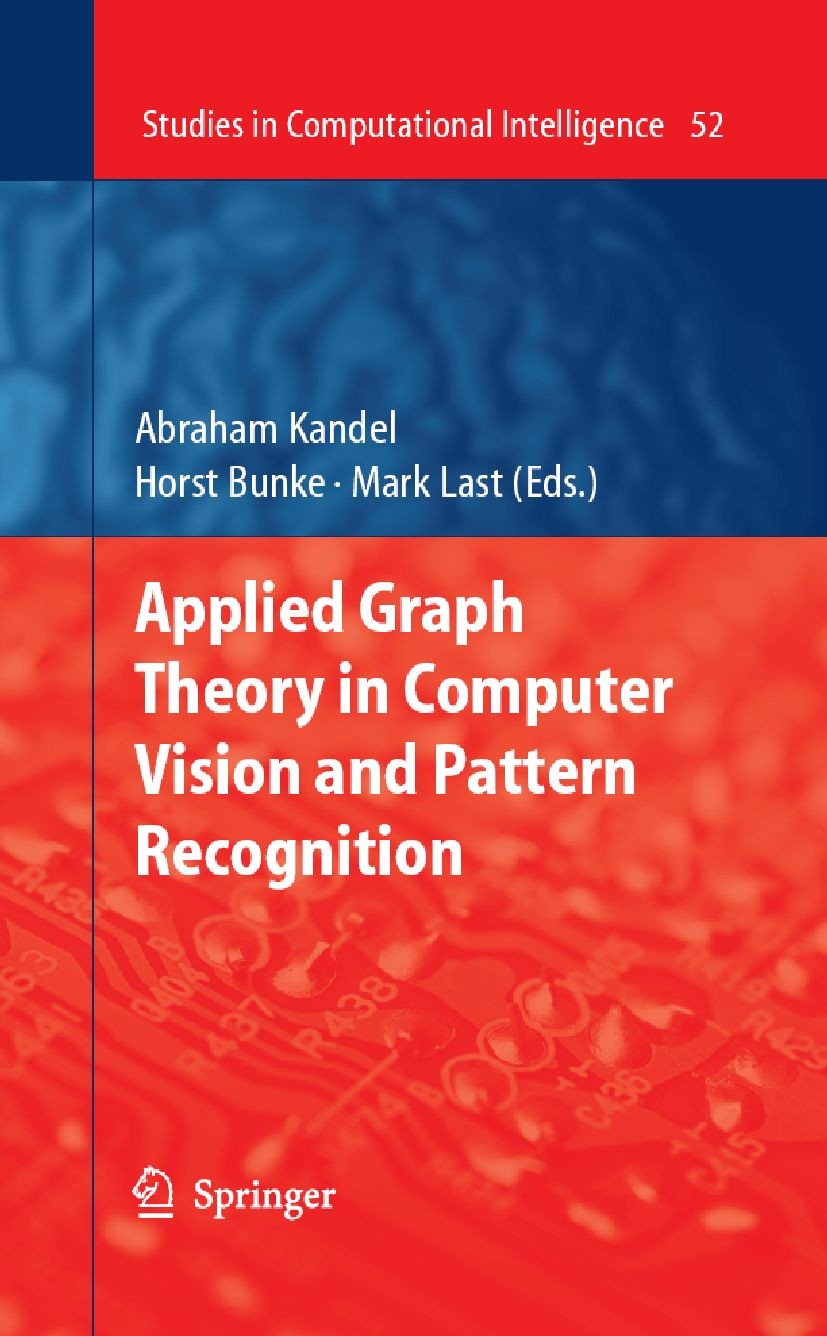| 期刊全称 | Applied Graph Theory in Computer Vision and Pattern Recognition | | 影响因子2023 | Abraham Kandel,Horst Bunke,Mark Last | | 视频video | http://file.papertrans.cn/160/159847/159847.mp4 | | 发行地址 | Will serve as a foundation for a variety of useful applications of the graph theory to computer vision, pattern recognition, and related areas.Covers a representative set of novel graph-theoretic meth | | 学科分类 | Studies in Computational Intelligence | | 图书封面 |  | | 影响因子 | Graph theory has strong historical roots in mathematics, especially in topology. Its birth is usually associated with the “four-color problem” posed by Francis Guthrie 1 in 1852, but its real origin probably goes back to the Seven Bridges of Konigsber ¨ g 2 problem proved by Leonhard Euler in 1736. A computational solution to these two completely different problems could be found after each problem was abstracted to the level of a graph model while ignoring such irrelevant details as country shapes or cross-river distances. In general, a graph is a nonempty set of points (vertices) and the most basic information preserved by any graph structure refers to adjacency relationships (edges) between some pairs of points. In the simplest graphs, edges do not have to hold any attributes, except their endpoints, but in more sophisticated graph structures, edges can be associated with a direction or assigned a label. Graph vertices can be labeled as well. A graph can be represented graphically as a drawing (vertex=dot,edge=arc),but,aslongaseverypairofadjacentpointsstaysconnected by the same edge, the graph vertices can be moved around on a drawing without changing the underlying graph struct | | Pindex | Book 2007 |
The information of publication is updating

|
|
 |Archiver|手机版|小黑屋|
派博传思国际
( 京公网安备110108008328)
GMT+8, 2025-11-13 00:43
|Archiver|手机版|小黑屋|
派博传思国际
( 京公网安备110108008328)
GMT+8, 2025-11-13 00:43


